If you're a Python developer looking to streamline your application creation process, enhance extensibility, or integrate a user-friendly orchestration layer, this article is tailored to your needs.
In this guide, we'll dissect some crucial aspects of Python based low code no code tools. First, we'll delve into the landscape of low code and no code tools built within Python. We'll discuss their significance, the practical use cases they Excel along with how these tools can seamlessly integrate with your existing Python applications, expanding their capabilities. Lastly, we'll explore how these tools can enrich your Python applications by adding a low-code or no-code layer, allowing you to swiftly build complex workflows without the need for extensive redesign.
Throughout this journey, we'll remain grounded in the technical realm, providing you with code examples and insights that cater to your development expertise. Let's dive in and uncover the practical power of Python in the low-code and no-code landscape.
Python-Centric Low Code/No Code Tools
In the realm of Python development, the integration of low code and no code tools brings a new level of efficiency and versatility to applications. These tools seamlessly integrate with Python-based applications, allowing developers to enhance their functionalities without the need for extensive code modifications. This section explores a variety of Python-centric LCNC tools, along with their use cases and practical examples.
Tools for Python-Centric LCNC Development
Let's dive into some prominent Python-centric LCNC tools that can be seamlessly integrated with Python-based applications:
| Tool Name | Use Case | Description |
| Streamlit | Data Visualization | Streamlit simplifies the creation of interactive web applications for data visualization. Developers can transform data scripts into shareable web apps with minimal effort. |
| PySimpleGUI | GUI Development | PySimpleGUI offers an intuitive way to build graphical user interfaces. It's particularly useful for developers looking to create simple, customized GUIs for their Python applications. |
| BeeWare | Cross-Platform Development | BeeWare provides tools like Toga and Briefcase, allowing developers to create cross-platform applications using Python. It's suitable for targeting multiple platforms with minimal changes. |
| Node-RED | Workflow Automation | While not directly Python-based, Node-RED offers a visual programming interface that can integrate with Python applications. It's excellent for creating workflows and automating tasks. |
| Zapier | Integration Platform | Zapier allows users to automate workflows by connecting various apps and services. While not purely Python-centric, it provides integration capabilities with Python-based applications. |
| Nected | Rule Engine and Workflow Automation | Nected offers a low-code, no-code rule engine that empowers Python applications with dynamic business rules and decision automation. It addresses pain points of other LCNC tools and provides language-agnostic integration. |
| n8n | Workflow Automation | n8n is an open-source workflow automation tool that can be integrated with Python applications. It enables developers to build automated workflows with various services and APIs. |
| Anvil | Web App Development | Anvil lets developers build web applications using Python code. It simplifies the process of creating dynamic web apps with both front-end and back-end functionality. |
| Appsmith | Rapid App Development | Appsmith lets developers create web applications using a drag-and-drop interface and custom scripts. It's suitable for building custom dashboards, CRUD apps, and more. |
Examples of Integration
Let's delve into practical examples of how these Python-centric LCNC tools can be seamlessly integrated into Python-based applications:
import streamlit as st
import pandas as pd
# Load data
data = pd.read_csv('sales_data.csv')
# Display interactive dashboard
st.title('Sales Data Dashboard')
st.line_chart(data)
st.bar_chart(data)
In this example, Streamlit is used to build an interactive sales data dashboard with line and bar charts.
Example 2: Designing a GUI using PySimpleGUI
import PySimpleGUI as sg
# Define layout
layout = [
[sg.Text('Welcome to PySimpleGUI')],
[sg.Button('Click Me')]
]
# Create window
window = sg.Window('PySimpleGUI Example', layout)
# Event loop
while True:
event, values = window.read()
if event == sg.WINDOW_CLOSED or event == 'Click Me':
sg.popup('Button clicked!')
break
# Close window
window.close()
Here, PySimpleGUI is utilized to create a basic graphical user interface with a clickable button.
Example 3: Cross-Platform App Development with BeeWare
from toga.interface import App, MainWindow
def build(app):
main_window = MainWindow(title="Hello BeeWare")
main_window.show()
app = App('First App', 'org.beeware.hello')
app.main_loop()
With BeeWare, developers can create cross-platform applications using Python, as demonstrated in this simple "Hello BeeWare" example.
Example 4: Workflow Automation with Node-RED
Node-RED is a visual programming tool for workflow automation and IoT applications. While not Python-based, it can be integrated with Python applications for enhanced automation capabilities.
To demonstrate, let's consider a scenario where we use Node-RED to automate sending weather updates via email using Python.
- Node-RED Setup: Set up a Node-RED flow to fetch weather data and send it via email.
- Python Integration: Integrate the Node-RED workflow with Python to trigger it and receive the weather data.
Python Code to Trigger Node-RED Workflow:
import requests
# Define the Node-RED flow's endpoint
node_red_endpoint = ""
# Trigger the Node-RED flow using a POST request
response = requests.post(node_red_endpoint)
# Check the response
if response.status_code == 200:
print("Node-RED workflow triggered successfully!")
else:
print("Error triggering Node-RED workflow.")
In this example, we use Python to send a POST request to the Node-RED workflow's endpoint, triggering the automation to fetch weather data and send it via email.
Please note that while Node-RED itself is not built in Python, its integration with Python applications showcases the synergy between different tools and technologies to achieve automation and enhanced functionality.
Example 5: Data Integration with Zapier
Zapier is a powerful automation platform that connects various apps and services to automate workflows. While not Python-based, it can seamlessly integrate with Python applications to automate data transfers between different platforms.
Let's explore an example where we use Zapier to automatically create a task in Trello whenever a new customer is added to a Python-based CRM system.
- Zapier Setup: Create a Zapier "Zap" that listens for new customer entries in the Python-based CRM.
- Python Integration: Integrate the Python CRM system with Zapier to trigger the Zap whenever a new customer is added.
Python Code to Trigger Zapier Zap:
import requests
# Define Zapier webhook URL
zapier_webhook_url = ""
# Sample customer data
new_customer = {
"name": "John Doe",
"email": "john@example.com",
"phone": "123-456-7890"
}
# Trigger the Zapier Zap with customer data
response = requests.post(zapier_webhook_url, json=new_customer)
# Check the response
if response.status_code == 200:
print("Zapier Zap triggered successfully!")
else:
print("Error triggering Zapier Zap.")
In this example, we use Python to send a POST request to a Zapier webhook URL, passing customer data as JSON. This action triggers the configured Zap, which adds the customer details to a Trello task or any other desired integration.
While Zapier is not built in Python, this example showcases how Python-based applications can seamlessly integrate with external automation platforms to enhance data connectivity and streamline workflows.
Example 6: Rule engine & Automation with Nected:
Let's take a closer look at how Nected can seamlessly enhance your application's functionality. Similar to the previous example showcasing Zapier, we'll walk through a code snippet demonstrating how Nected can be integrated into a React project to deliver powerful results.
import requests
# Define Nected API / webhook URL
nected_webhook_url = ""
# Sample parameters to determine product price
price_params = {
"environment": "staging",
"isTest": false,
"params": {
"customer_location": "sample-value",
"product_name": "sample-value"
}
}
# Trigger the Nected API with product & customer params
response = requests.post(nected_webhook_url, json=price_params)
# Check the response
if response.status_code == 200:
print("Nected rule & workflow triggered successfully!")
else:
print("Error triggering Nected API.")
In this example, we showcase how Nected can be seamlessly integrated into your React application to enhance its capabilities. The code snippet demonstrates the process of triggering a Nected rule and workflow through its API. Here's how it works:
- Defining Nected API URL: The code begins by defining the Nected API or webhook URL that corresponds to a specific rule or workflow within Nected.
- Sample Parameters: A set of sample parameters is included to determine the price of a product. These parameters are structured within the price_params object.
- Triggering Nected API: The requests. post method is used to trigger the Nected API, passing the nected_webhook_url and the price_params as JSON data.
- Response Handling: The code checks the response's status code. If the response status code is 200, it indicates a successful triggering of the Nected rule and workflow. Otherwise, an error message is displayed.
Example 7: Building Workflows with n8n
from n8n import n8n
import requests
workflow = n8n.WebhookWorkflow('My First Workflow')
node1 = n8n.HttpRequestNode(method='GET', url='')
node2 = n8n.SetNode(value={"key": "value"})
node3 = n8n.OutputNode()
workflow.connect(node1)
workflow.connect(node2, node1)
workflow.connect(node3, node2)
response = requests.post('', json=workflow.export())
print(response.text)
In this example, n8n is used to build a simple workflow that fetches data using an HTTP request, sets a value, and outputs the result.
Example 8: Creating Web Apps with Anvil
import anvil.server
@anvil.server.callable
def say_hello(name):
return f'Hello, {name}!'
# This function can be exposed as an API for the Anvil app
Anvil enables the creation of web applications using Python, as shown in this code snippet for a basic "Hello" function.
Example 9: Rapid App Development with Appsmith
from appsmith import Appsmith
appsmith = Appsmith('')
# Create a new page
page = appsmith.create_page('New Page')
# Add components
page.add_text_input('Enter your name')
page.add_button('Submit')
# Publish the app
appsmith.publish()
Appsmith enables rapid app development with a drag-and-drop interface and custom scripts, as demonstrated in this code snippet for creating a simple page.
These examples showcase how Python-centric LCNC tools can be seamlessly integrated into Python-based applications, expanding developers' capabilities and simplifying development processes. Whether enhancing data visualization, automating workflows, or designing user interfaces, these tools offer versatile solutions within the Python ecosystem.
Read Also: Low Code No Code Platforms: Empowering Simplified Software Creation
Enhancing Python Applications with LCNC Tools
Integrating low code/no code (LCNC) tools with Python-based applications offers a dynamic synergy that enhances development efficiency, user experiences, and application functionality. This integration serves as a powerful catalyst, allowing developers to harness the benefits of both traditional coding and visual development paradigms. Let's delve deeper into how LCNC tools enrich Python applications across various dimensions:
1. Rapid Prototyping and MVP Development:
LCNC tools provide a fertile ground for rapid prototyping and the creation of Minimum Viable Products (MVPs). Developers can visually design application components, workflows, and interactions, significantly expediting the process of translating concepts into tangible applications. This approach is particularly beneficial in the early stages of development, enabling quick experimentation and validation of ideas before committing to extensive coding efforts.
2. Workflow Automation and Efficiency Enhancement:
Integrating LCNC tools empowers developers to incorporate pre-built automation components seamlessly. These components streamline workflows by automating routine tasks, data synchronization, notifications, and approvals. By leveraging these automation capabilities, developers can optimize processes within the application, leading to increased efficiency and reduced manual intervention.
3. Customizable User Interfaces and Experiences:
LCNC tools extend the power of Python applications by enabling developers to design bespoke user interfaces and experiences. Visual interfaces provided by these tools allow for the creation of interactive elements such as forms, surveys, and dashboards. Moreover, they enable non-developers to participate in UI/UX design, promoting collaboration and aligning the application with end-user expectations.
4. Seamless Integration with External Services:
Many LCNC tools offer integrations with third-party services and APIs, enabling developers to incorporate external functionalities without complex coding. This integration enriches Python applications by expanding their capabilities and allowing seamless interaction with external data sources, services, and platforms.
5. Agile Iteration and Iterative Refinement:
The integration of LCNC tools with Python applications fosters agility and adaptability. Developers can swiftly iterate and modify application components, workflows, and features based on evolving requirements or user feedback. This dynamic flexibility ensures that the application can quickly adapt to changing conditions, staying relevant and responsive.
6. Simplified Maintenance and Upgrades:
LCNC tools streamline the maintenance of Python applications by facilitating easier updates and modifications. Developers can implement changes to functionalities, UI elements, and processes without extensive recoding. This simplifies the maintenance process, ensuring that the application remains up-to-date, relevant, and aligned with evolving needs.
Here's a diagram to visually demonstrate how integrating low code/no code (LCNC) tools with Python-based applications enhances various aspects of development:

The synergy between Python-based applications and LCNC tools exemplifies the best of both worlds. Developers can leverage their coding expertise while harnessing the speed, efficiency, and innovation that LCNC tools offer.
This integration redefines the development landscape, making it possible to rapidly prototype, automate workflows, customize user experiences, and seamlessly integrate third-party services – all while maintaining the core strengths of Python-based applications.
Read Also: Difference Between Low Code and No Code
Challenges and Considerations
Integrating low code/no code (LCNC) tools with React-based applications offers remarkable benefits, yet several challenges and considerations warrant attention. Delving into these factors can help developers make informed decisions about adopting LCNC tools within their React projects:
- Integration Complexity: The integration of LCNC tools with existing React-based applications may introduce complexities related to data compatibility, security protocols, and potential conflicts between different tools.
- Learning Curve: Developers accustomed to traditional React development may need time to adapt to the specific usage and features of LCNC tools. Adequate training and familiarization are essential for a seamless transition.
- Customization Limitations: LCNC tools may not provide the same level of customization as traditional coding, which could impact applications with unique and intricate requirements.
- Data Privacy and Security: Integrating external LCNC tools necessitates stringent monitoring of data privacy and security measures to prevent unauthorized access or data breaches.
- Vendor Lock-In: Depending on the chosen LCNC tool, there's a potential risk of becoming dependent on specific vendors, making future changes or migrations challenging.
- Scalability Concerns: Some LCNC tools might encounter scalability issues as applications grow and evolve, potentially affecting performance and responsiveness.
- Tool Selection: Selecting the appropriate LCNC tool requires thorough research to ensure it aligns with the application's needs, compatibility, and user requirements.
Read Also: Exploring Open-Source Low-Code Platforms
How Nected Addresses These Challenges
Amid these challenges, a notable LCNC tool emerges as a transformative solution: Nected. Nected revolutionizes the integration of LCNC tools with React-based applications by effectively mitigating these concerns, resulting in enhanced development efficiency and user experiences. Let's explore how Nected offers a paradigm shift through its features:
- Language Agnostic Integration: Nected's seamless integration capabilities transcend language barriers. It effortlessly connects with applications developed in various programming languages, including React, Python, Java, Node.js, and more. This language-agnostic nature empowers developers to harness Nected's benefits regardless of their chosen technology stack.
- Rapid Building with Ease: Nected accelerates rule and logic creation with minimal coding effort. This allows team members of varying skill levels to actively contribute, promoting rapid development and continuous innovation.
- Limitless Customizability and Flexibility: Nected facilitates the creation of complex rules and workflows with ease. Its incorporation of custom code offers limitless flexibility, enabling the implementation of intricate processes that adapt to dynamic business requirements.
- Secure & Scalable Foundation: Nected prioritizes data security with the option of an on-premise agent, ensuring data remains safeguarded. The platform's design guarantees scalability, enabling applications to perform efficiently even as usage expands.
- A/B Testing Empowerment: Nected's Experimentation Engine enhances the potential of rule engines by facilitating A/B testing without the need for extensive coding. This empowers data-driven decisions and process optimization with exceptional speed.
- High Performance & Scalability: Leveraging a modern stack and high-performing languages like Go, Nected is built for reliability, speed, and efficiency. Its architecture ensures compatibility with complex workloads and scalability demands.
- Centralized Data Layer for Rules: Nected's seamless integration with diverse data sources streamlines data-driven rule creation. This approach eliminates the need for developers to modify code repeatedly as requirements evolve, empowering teams to use data parameters effectively.
Nected's comprehensive approach exemplifies how LCNC tools can overcome limitations, drive innovation, and enrich React-based applications with enhanced capabilities. As developers venture into the world of LCNC tools, Nected stands as a remarkable solution that aligns with the challenges and aspirations of modern development practices.
Conclusion
In the dynamic landscape of software development, the integration of low code/no code (LCNC) tools with Python-based applications holds the promise of streamlining processes, boosting efficiency, and expanding capabilities. By adopting these tools, developers can harness the power of visual interfaces, intuitive workflows, and code generation to expedite application development.
The Python-centric LCNC ecosystem offers a range of tools that seamlessly integrate with existing applications, enhancing their functionality and user experiences. Whether through simplified automation, rapid prototyping, or data visualization, these tools cater to a multitude of use cases while maintaining the flexibility of Python-based applications.
While challenges such as customization limitations and data security considerations persist, the emergence of innovative solutions like Nected addresses these concerns head-on. Nected's language-agnostic approach and comprehensive platform illustrate the potential for overcoming obstacles and elevating the integration of LCNC tools to a new level.
As organizations embrace the advantages of LCNC tools for Python-based applications, they are poised to create a symbiotic relationship between traditional coding and modern visual development. By leveraging the strengths of both approaches, developers can forge a more agile, efficient, and user-centric future in the realm of software development.
Pythone No Code FAQs:
Q1. How to code a yes or no question in Python
To code a yes or no question in Python, you can use the input() function to prompt the user to enter a response. You can then use the if statement to check the user's response and output a "yes" or "no" message accordingly.
Here is an example of how to code a yes or no question in Python:
def yes_no_question():
response = input("Do you want to continue? (yes/no): ")
if response == "yes":
print("Yes, you want to continue.")
else:
print("No, you do not want to continue.")
yes_no_question()
Q2. What code is Python?
Python is a general-purpose, high-level programming language. It is used for a wide variety of tasks, including web development, data science, and machine learning. Python is known for its readability and simplicity, making it a popular language for beginners.
Q3. Is Python code easy?
Python code is generally considered to be easy to learn and understand. The language has a simple syntax and a large community of users who are willing to help beginners. However, there are still some challenges associated with learning Python, such as the need to understand object-oriented programming concepts.
Q4. What is a no-code example?
No-code is a development methodology that allows users to create applications without having to write any code. This can be done using a variety of tools and platforms, such as Appsmith, Zoho Creator, and Bubble.
One example of a no-code application is a simple to-do list. This application could be created using a no-code platform by dragging and dropping components such as text boxes, buttons, and lists. The user could then connect these components together to create a functional to-do list application.
Q5. How do I start Python?
There are a few different ways to start Python. One way is to take a beginner's course online or at a local community college. Another way is to find a mentor who can help you learn the language. Finally, you can also start by reading the official Python documentation.
Once you have a basic understanding of Python, you can start practicing by writing small scripts. You can also find a variety of projects online that you can contribute to. As you become more experienced, you can start working on larger projects, such as web applications or data science projects.
Q6. How To Code In Python
To code in Python, you will need to install the Python interpreter on your computer. You can then use a text editor or IDE to write your Python code. Once you have written your code, you can run it by typing python your_code.py in the terminal.
Here are some basic concepts in Python that you will need to know in order to start coding:
- Variables: Variables are used to store data in Python.
- Data types: Python has a variety of data types, such as integers, floats, strings, and lists.
- Operators: Operators are used to perform mathematical operations on data.
- Control flow statements: Control flow statements are used to control the flow of execution of your code.
- Functions: Functions are used to group together related code.
Once you understand these basic concepts, you will be able to start coding in Python. There are a variety of resources available online that can help you learn more about Python.


.svg)




.png)





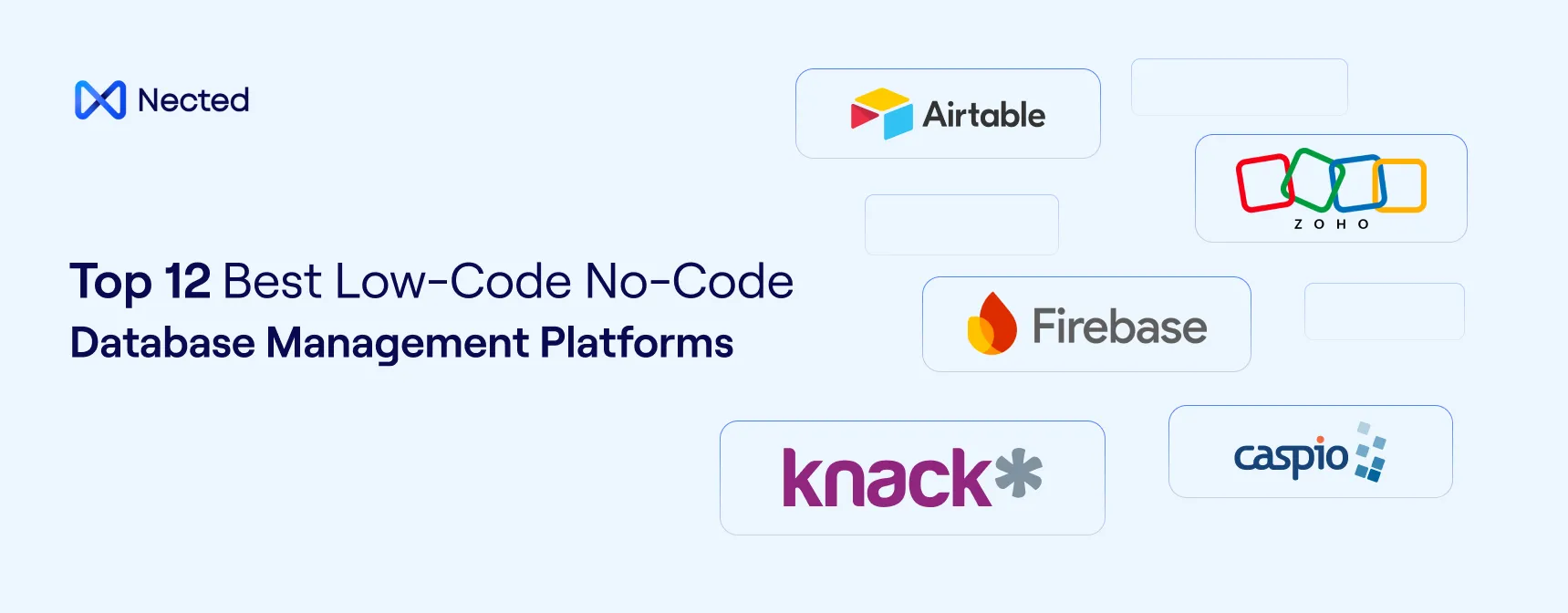
.svg.webp)
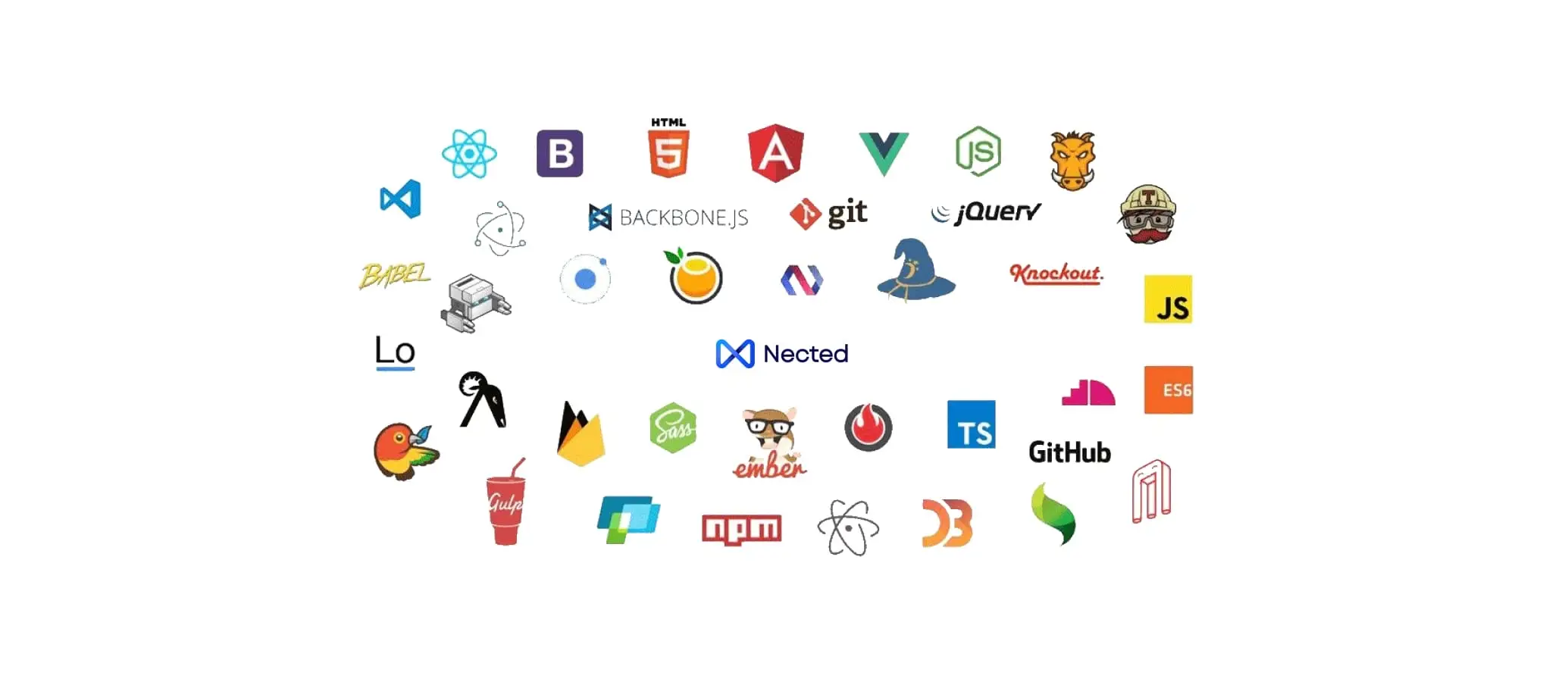


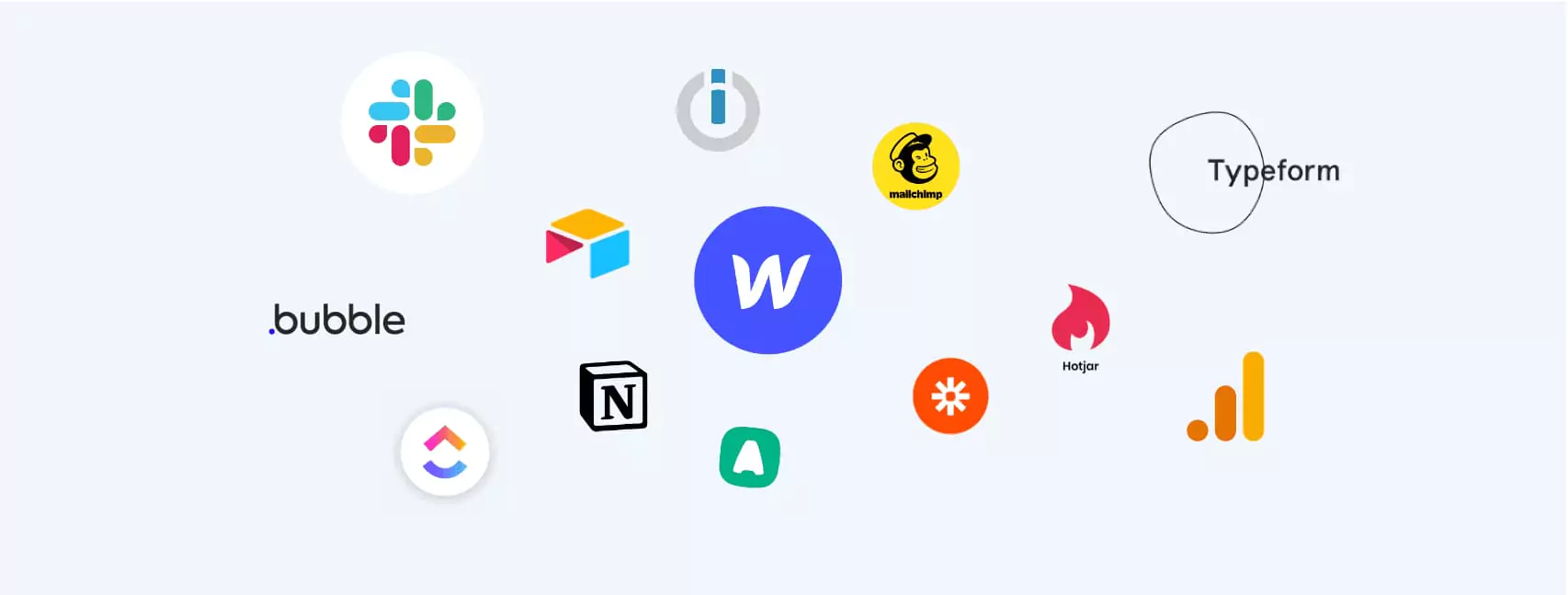


.webp)
.webp)


.webp)
.webp)

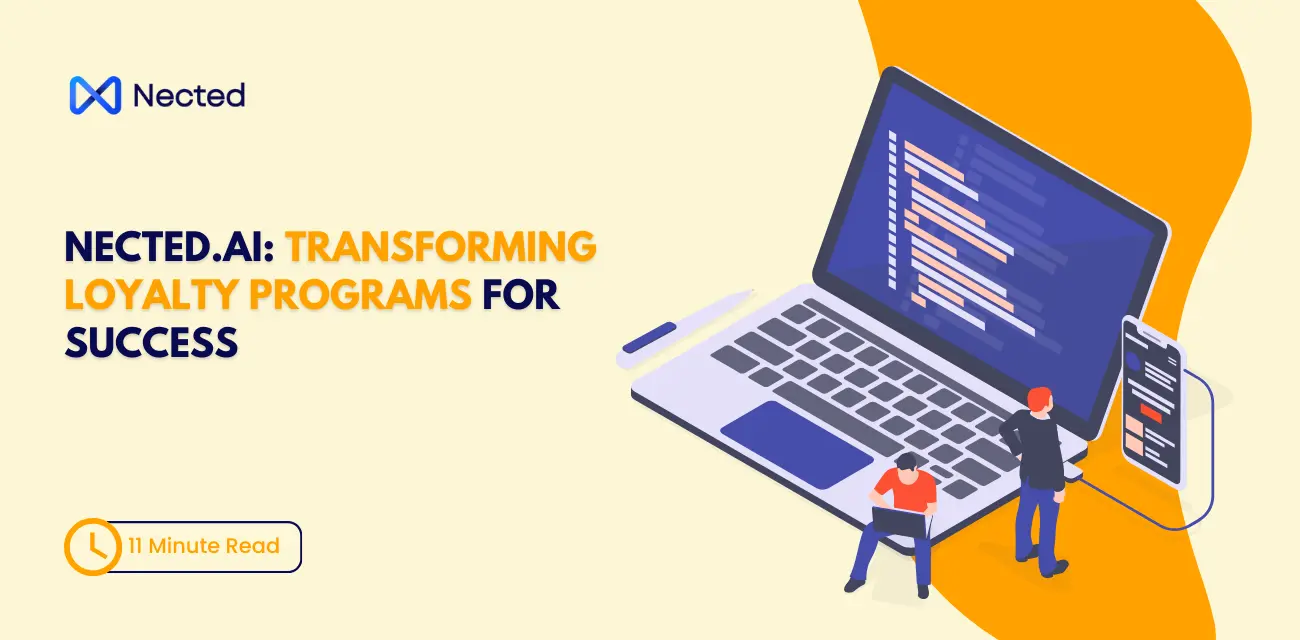
%20m.webp)
.webp)

.webp)
.webp)
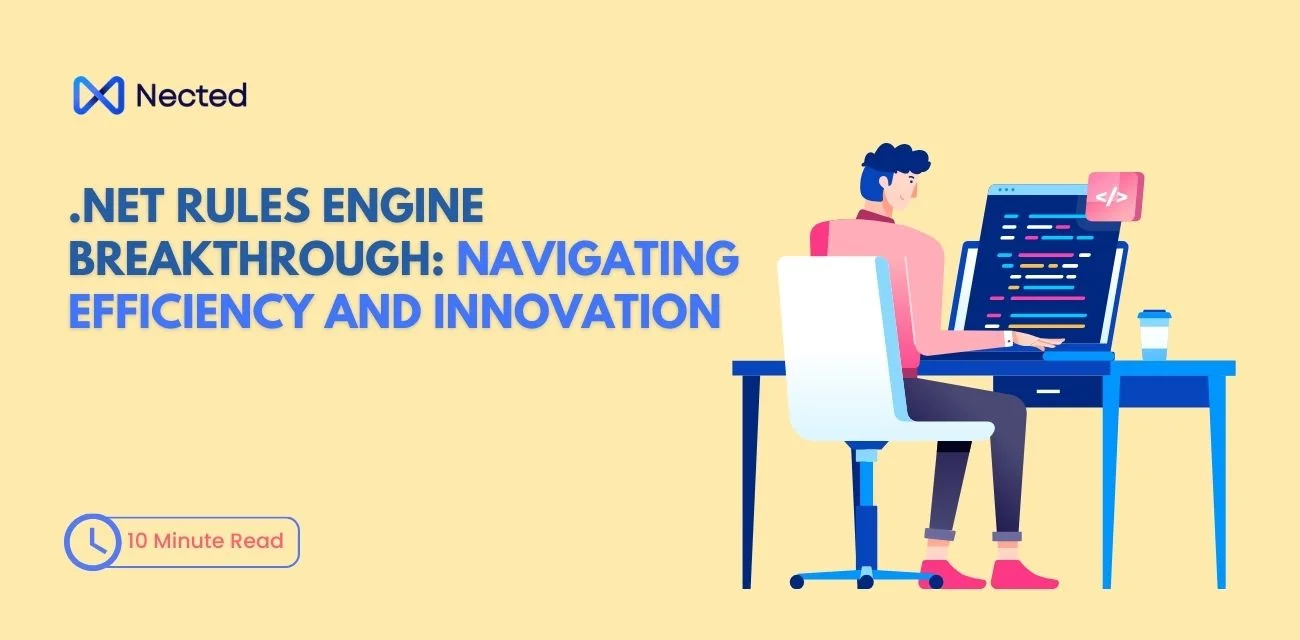


.webp)



%20(1).webp)
